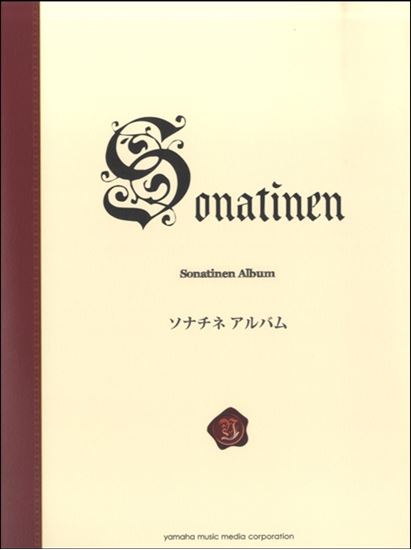Diabelli, Anton : "Sonatine" Mov.1 Andantino cantabile G-Dur
Work Overview
Genre:sonatina
Total Playing Time:1 min 10 sec
Copyright:Public Domain
Commentary (1)
Author : Ooi, Kazurou
Last Updated: July 21, 2018
[Open]
Author : Ooi, Kazurou
General Approach
As this piece is marked Andantino Cantabile, it should be played leisurely, not fast. There are two crucial aspects: first, to execute the left-hand accompaniment as smoothly as possible; and second, to employ techniques that prevent the melody line from sounding rigid.
Left Hand Accompaniment
Instructors, when assigning this piece, should advise students to play the left hand as pianissimo as possible. Should this lead to notes played by the 5th or 3rd fingers being omitted, practicing all notes fortissimo and subsequently reducing the volume can prevent such omissions.
Another beneficial aid is the pedal. Depressing the pedal on each beat facilitates a smooth execution of the left-hand accompaniment. There is a significant difference between playing with and without the pedal. For students who absolutely cannot utilize the pedal, employing finger pedaling—where the 5th finger, responsible for the bass part of the accompaniment, and the subsequent 3rd finger are sustained without lifting—can render the sound somewhat smoother.
Students, however, will ultimately find it quite challenging to reduce the left-hand volume. Nevertheless, striving to do so as much as possible will yield favorable results. Teachers are encouraged to play this piece for their students to demonstrate how "beautiful this Sonatina can become."
Melody Line Shaping
Next, attention should be paid to the shaping of the melody line. In each phrase, the note immediately following the repeated notes serves as the goal note. For instance, in measures 1-2, the quarter note D on the first beat of measure 2 constitutes the phrase's goal. Consequently, upon the commencement of a phrase, care should be taken not to play the repeated notes (in this instance, the three B's in measure 1) at a uniform volume.
Students, however, will ultimately find the shaping of this melody line to be an extremely difficult task. Nevertheless, being as mindful of it as possible will lead to positive outcomes. Teachers are strongly encouraged to play the piece for their students, incorporating both the aforementioned accompaniment and the shaped melody line, to illustrate how "beautiful this Sonatina can become."
Specific Considerations
Some editions indicate staccato for the right hand from measure 17 onwards. The edition I am currently consulting specifies legato, yet also includes the marking "legg." While this likely implies that the playing should never be heavy, in the case of staccato, it can be interpreted as depicting laughter.
PTNA & Partner Channel Videos(1items)
Sheet Music
Scores List (10)

(株)春秋社

(株)音楽之友社

(株)全音楽譜出版社

(株)ヤマハミュージックメディア

(株)ヤマハミュージックエンタテインメントホールディングス

(株)ヤマハミュージックエンタテインメントホールディングス

(株)学研プラス

(株)音楽之友社

(株)音楽之友社

(株)ヤマハミュージックエンタテインメントホールディングス

